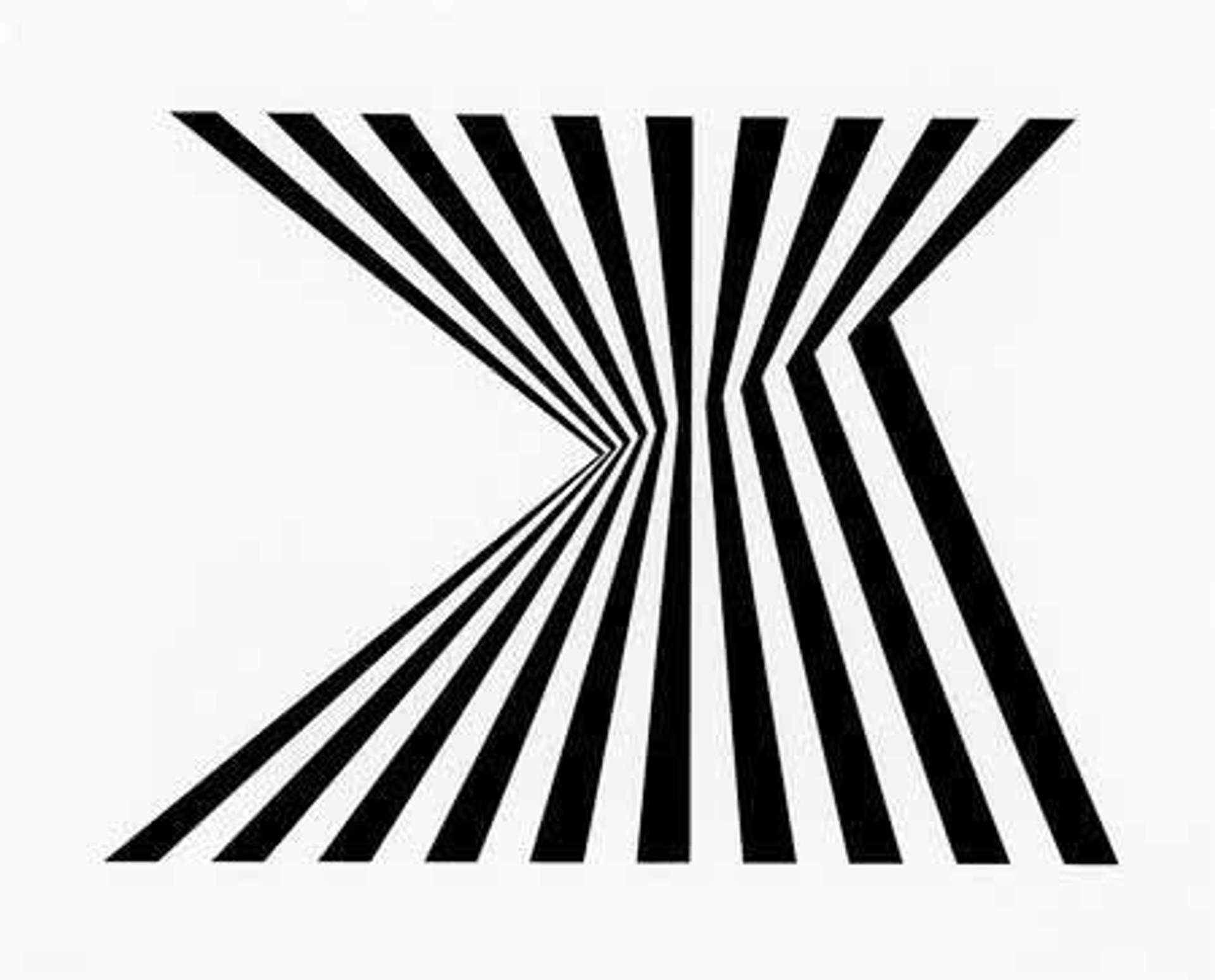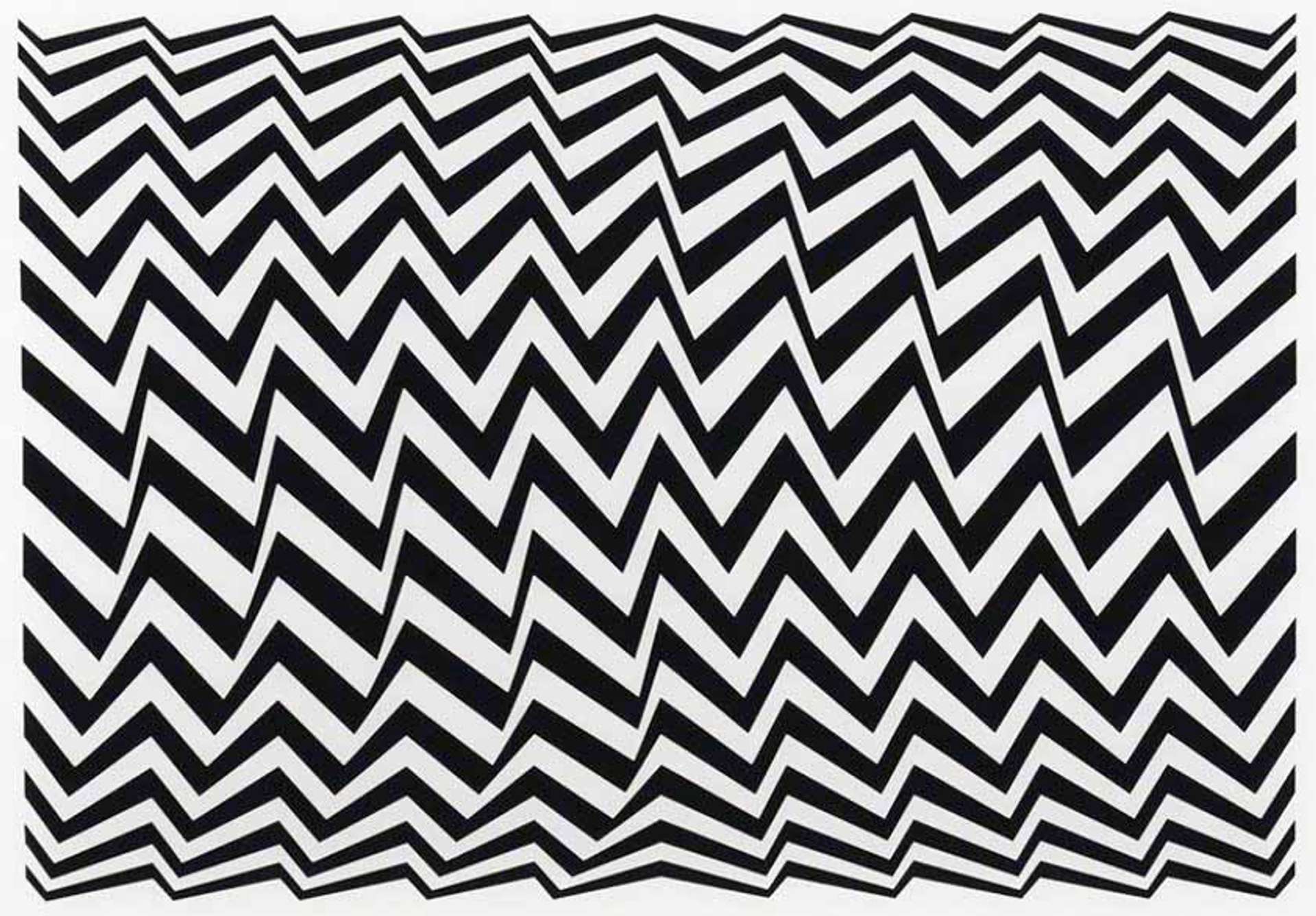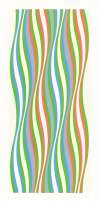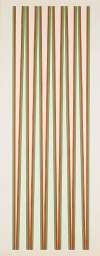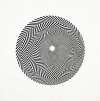Fragment
Bridget Riley’s 1965 Fragment series is one of the Op Artist’s defining bodies of work. Executed in monochrome, these two-dimensional works toy with the viewer’s perception through oscillating patterns and optical illusion. Though these works are static and flat, Riley’s mathematically precise patterns produce a sense of motion. The Fragment series is quintessential to Riley’s oeuvre, and testifies to her fascination with optical perception.
Bridget Riley Fragment for sale

£21,000-£30,000
$40,000-$60,000 Value Indicator
$35,000-$50,000 Value Indicator
¥190,000-¥270,000 Value Indicator
€25,000-€35,000 Value Indicator
$210,000-$300,000 Value Indicator
¥3,990,000-¥5,700,000 Value Indicator
$27,000-$40,000 Value Indicator
TradingFloor

£23,000-£35,000
$45,000-$70,000 Value Indicator
$40,000-$60,000 Value Indicator
¥210,000-¥320,000 Value Indicator
€27,000-€40,000 Value Indicator
$230,000-$350,000 Value Indicator
¥4,430,000-¥6,750,000 Value Indicator
$29,000-$45,000 Value Indicator
TradingFloor
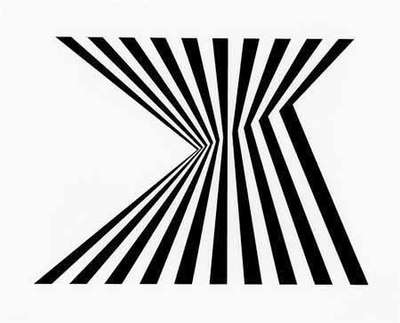
£45,000-£70,000
$90,000-$140,000 Value Indicator
$80,000-$120,000 Value Indicator
¥410,000-¥630,000 Value Indicator
€50,000-€80,000 Value Indicator
$440,000-$690,000 Value Indicator
¥8,560,000-¥13,320,000 Value Indicator
$60,000-$90,000 Value Indicator
TradingFloor
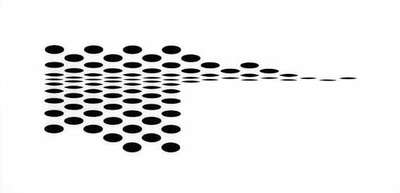
£35,000-£60,000
$70,000-$120,000 Value Indicator
$60,000-$100,000 Value Indicator
¥320,000-¥550,000 Value Indicator
€40,000-€70,000 Value Indicator
$350,000-$600,000 Value Indicator
¥6,650,000-¥11,390,000 Value Indicator
$45,000-$80,000 Value Indicator
TradingFloor

£25,000-£40,000
$50,000-$80,000 Value Indicator
$45,000-$70,000 Value Indicator
¥230,000-¥360,000 Value Indicator
€29,000-€45,000 Value Indicator
$250,000-$400,000 Value Indicator
¥4,770,000-¥7,620,000 Value Indicator
$30,000-$50,000 Value Indicator
TradingFloor

£35,000-£50,000
$70,000-$100,000 Value Indicator
$60,000-$90,000 Value Indicator
¥320,000-¥460,000 Value Indicator
€40,000-€60,000 Value Indicator
$350,000-$500,000 Value Indicator
¥6,650,000-¥9,490,000 Value Indicator
$45,000-$60,000 Value Indicator
TradingFloor
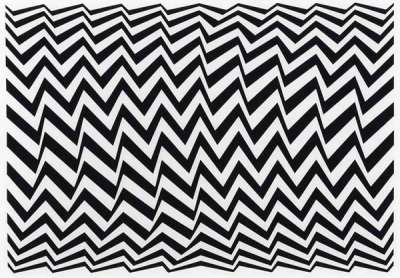
£23,000-£35,000
$45,000-$70,000 Value Indicator
$40,000-$60,000 Value Indicator
¥210,000-¥320,000 Value Indicator
€27,000-€40,000 Value Indicator
$230,000-$350,000 Value Indicator
¥4,380,000-¥6,670,000 Value Indicator
$29,000-$45,000 Value Indicator
TradingFloor
Sell Your Art
with Us
with Us
Join Our Network of Collectors. Buy, Sell and Track Demand
Meaning & Analysis
Quintessentially Bridget Riley, her monochrome Fragment series captures the sense of movement she is able to create using only geometric forms. The series is significant as the artworks demonstrate the height of Op Art pioneer Bridget Riley’s practice and are instantly recognisable. Despite being static works, they appear to be in motion: zig zag lines oscillate back and forth, in some prints circles seem to jolt around, and in others swirling spirals toy with your senses and produce an unsettling feeling. These Fragment prints are exemplar of Riley’s energetic, forceful compositions and optical trickery.
Enacted with geometrical precision, Riley creates compelling visual effects that play with one’s vision and implore the viewer to question what they are looking at. Riley experiments with simple, structural units in her works, in varying configurations and colours, to explore the physical and psychological responses of the eyes. Despite her compositions and colour combinations varying over the years, Riley’s motive has remained the same: to interrogate what and how we see things. Riley’s Fragment series is, if anything, abundantly aware of being nothing more than the geometry of the paper’s flat surface.
Riley was greatly inspired by Georges Seurat and his colourful compositions: “his work gave me a sense of the viewer’s importance as an active participant. Perception became the medium”. This statement reflects Riley’s utopian vision of the social function of art: regarding her artistic practice as an inherently social act, Riley believes the viewer completes the experience of painting, by perceiving the artwork.
During Riley’s black and white period, which occurred between 1961 and 1966, is when she attained widespread recognition. Visually intense and hugely popular, Riley’s works from this period were frequently plagiarized and mimicked in magazine and billboard advertising, and even on clothing. Perhaps in revolt to this unwanted commercialisation of her work, Riley drifted away from using exclusively black and white tones, increasingly incorporating varying tones of grey. Thus began her exploration and curiosity in colour.
Though many of Riley’s works were created decades ago now, most still feel remarkably current. At the age of 90, Riley has inspired generations of artists including the Young British Artists Damien Hirst and Rachel Whiteread. The first woman to win the painting prize at the Venice Biennale in 1968, Riley endures as a pioneer of contemporary British abstract painting.


